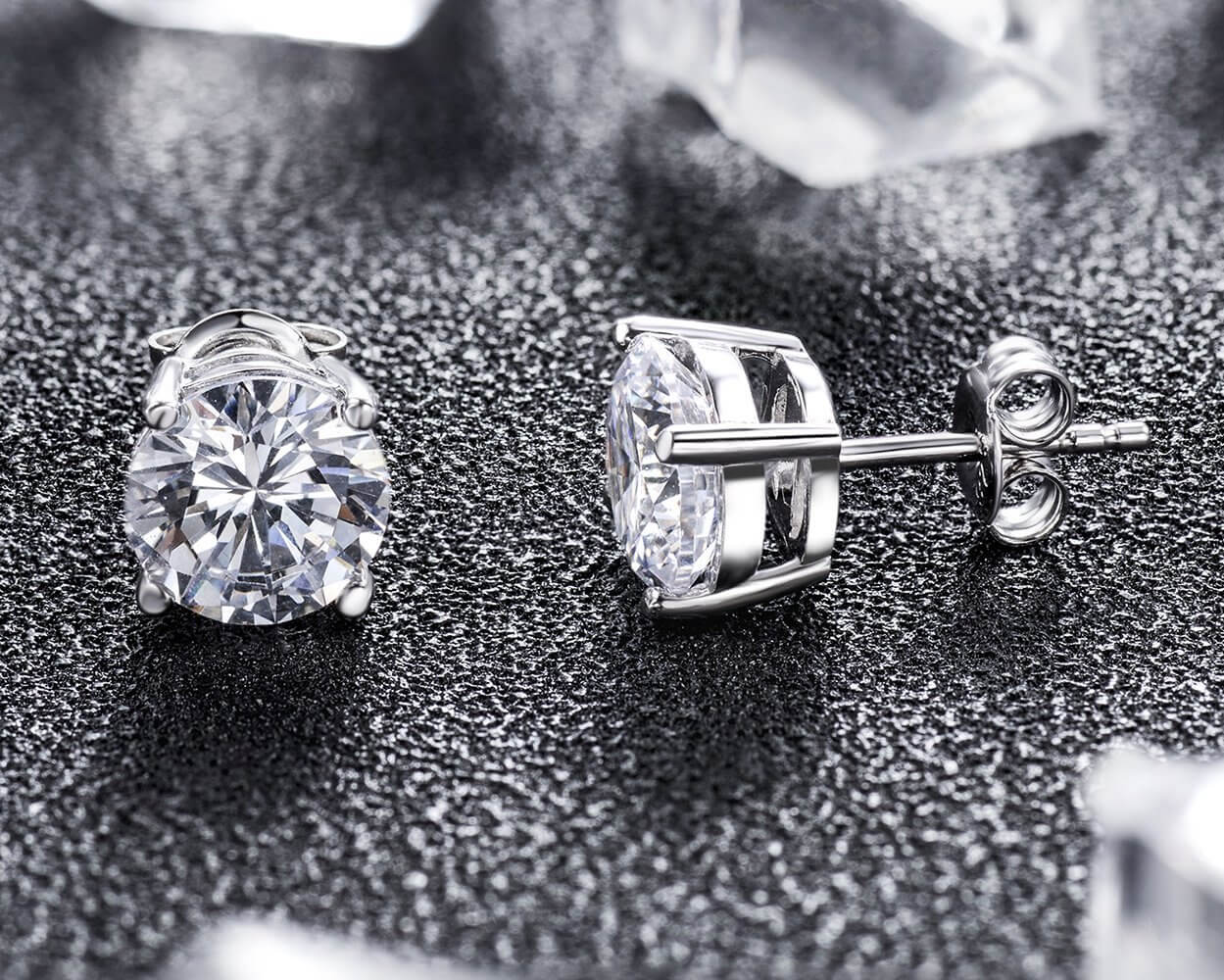What are VS1 diamonds?
When you want to buy a diamond, always consider the four C’s. (clarity, carat, color, and cut). A major factor when it comes to choosing a diamond is clarity. In this article, we are going to look at the VS1 clarity grade. Plus many of the things you need to know about this diamond clarity.
First off, what does VS1 mean? VS1 is short for very slightly included. The inclusions for VS1 are barely noticeable to the naked eye. Imperfections in diamonds are factors we cannot avoid. Why? Because as they are formed naturally in the earth at 80-120 miles deep! At that depth, it is over 2000 degrees Fahrenheit. And it takes them three billion years to grow.
The chance of having inclusions is high because of the heat and the growing time. This is where the clarity grades such as VS1 come in. On rare occasions, some diamonds come in perfect conditions! This is what makes them valuable and cost so much.
Why VS1 diamonds are the best value
Internally flawless (IF) and the rare flawless diamond (FL) are the highest in terms of clarity and quality. You might have to consider certain factors when selecting the right diamond. If you are willing to break the bank to get these diamonds, then, go for it! If you want high quality at a good rate, then the VS1 diamond is the best choice. Inclusions in a VS1 diamond are not visible with the naked eye. You can only see them under an x10 magnification lens.
Obviously, nobody is going to look that close at your diamond. I doubt you would ever look in a microscope just to see the inclusions. Simply put, VS1 diamonds are less expensive. Visually, they look the same as high-quality IF and FL diamonds.
Diamond Size
As the size of the diamond increases, so does the size of the facets. Facets are the mirror-like surfaces of a diamond. The size and facets of a diamond are something you have to look for when looking at diamonds. Make sure the clarity grade of your diamond increases as the size goes up.
Diamond Shape
Many diamonds require higher clarity grades. For example, emeralds. They are designed with facets that are rectangular. It is more likely to be a diamond with visible inclusions. For these diamonds shapes, VS1, which has little inclusions, is a great choice.
For oval, round, marquise, and pear diamonds, you may not need a high clarity. Why? Because light reflects of them from different angles. So this reflective ability can hide the inclusions.
Types of Diamond Inclusions
Let’s take a look at the types of inclusions we have in these diamonds.
- Internal graining
- Feathers
- Cleavage
- Knots
- Cavities
- Crystals or minerals
- Clouds
Types of Blemish
- Dark or light spots
- Nicks
- Polish lines
- Breaks
- Pits
- Scratches
- Chips
For more information, you can take a look at the GIA Grading Report. Any trait not factored into the grade may be noted on the clarity plot of the grading report. One thing that to note is that you would only find a clarity plot when your diamond is over one carat.
Bottom Line
With the right type of information, you can make the right decision. Diamonds are rare. They are precious as well. The VS1 diamond is one of the best. It is not as expensive as the higher grades and looks amazing too!





